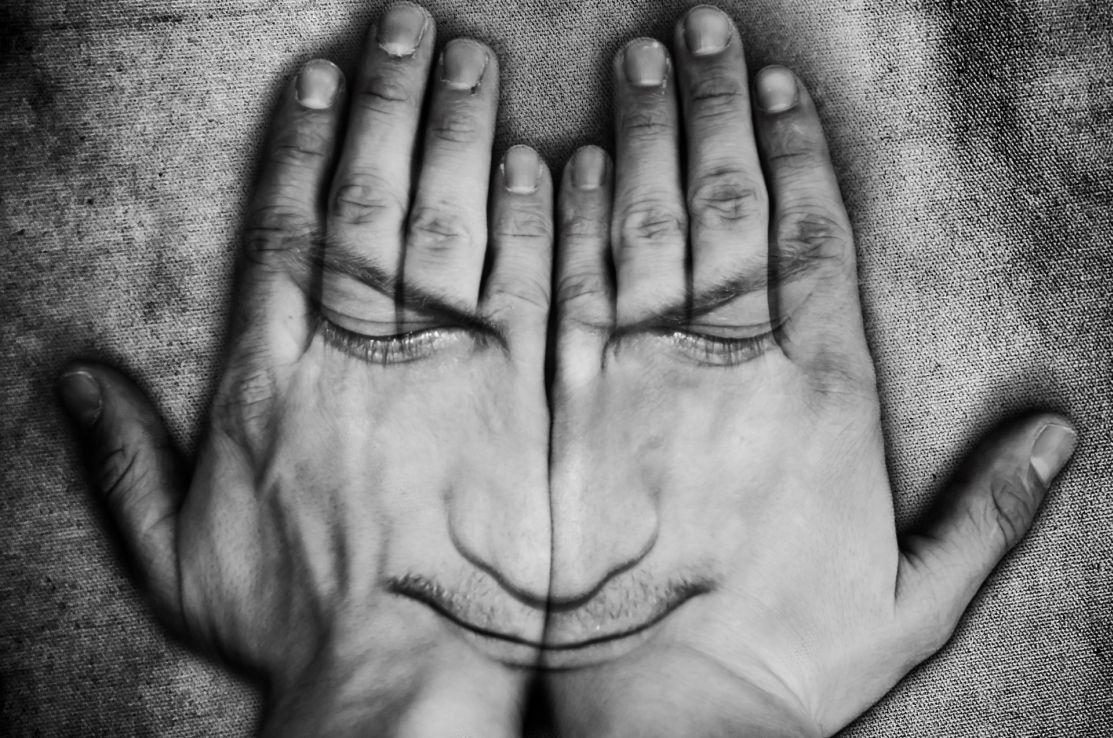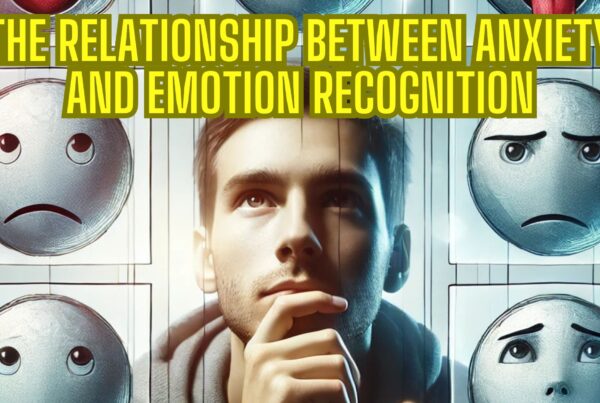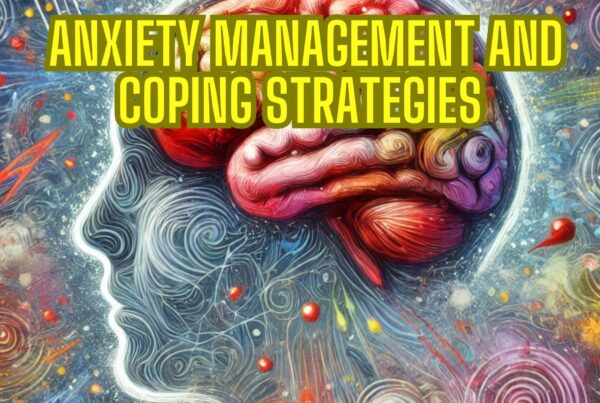Understanding Social Anxiety Disorder: Beyond the Surface
The Nuances of Social Anxiety
Have you ever felt a rush of nervousness before speaking in public or attending a social gathering? While many of us occasionally experience these feelings, for some, such situations are profoundly distressing. Enter Social Anxiety Disorder (SAD), a condition that goes beyond mere shyness or occasional nervousness.
What Exactly is Social Anxiety Disorder?
Social Anxiety Disorder, or SAD, is diagnosed when individuals experience chronic and debilitating fear of criticism or rejection. It’s not just about fearing large crowds or public speaking. Those with SAD often view themselves as inferior, constantly feeling that they’re under the scrutiny of judgmental eyes. They anticipate criticism and rejection in nearly every social interaction, leading to a deeply ingrained belief that they’re failures in the eyes of others.
The Physical Manifestations of SAD
While the emotional and psychological aspects of SAD are significant, the disorder also presents physical symptoms. Individuals might experience sweating, heart palpitations, blushing, and even a strong desire to escape social situations. These physical reactions aren’t just fleeting; they’re intensely felt, leading individuals to believe that others can clearly see and judge them based on these symptoms.
The Prevalence and Misunderstandings
Surprisingly, SAD is more common than one might think. Recent studies indicate that approximately 8.4% of adults will grapple with SAD at some point in their lives. Despite its prevalence, a cloud of misunderstanding surrounds the disorder. Many who suffer from it feel isolated, thinking they’re alone in their struggles. This sense of isolation is often exacerbated by societal misconceptions and stigmas attached to mental health issues.
Digging Deeper: The Causes of SAD
The roots of SAD are multifaceted, often a blend of genetic, environmental, and personal factors. Some research suggests a genetic predisposition to anxiety disorders. Additionally, individual temperaments, especially pronounced shyness during childhood, can evolve into SAD in later years.
Many with SAD also recall early life “social traumas,” such as bullying, public embarrassment, or overly critical parenting. These experiences can shape their perceptions of social interactions, reinforcing their fears of judgment and rejection.
Pathways to Overcoming SAD
The silver lining is that SAD is treatable. Cognitive behavior therapy (CBT) has shown significant promise in assisting individuals to confront and challenge their negative thought patterns. Through CBT, they can gradually face their fears, learning to navigate social situations with growing confidence. Additionally, online therapies and certain medications offer alternative routes for those seeking relief.
In essence, while SAD can be a challenging condition, understanding its nuances and seeking appropriate treatment can pave the way for a more confident and fulfilling social life.
This article was inspired by a published article on The Conversation. Read the original article.
Book Your FREE 30 Minute Consultation With Release Hypnosis NOW!
Sign up to the newsletter
Powered by EmailOctopus
You may also like to read:
The Benefits of Mindfulness
‘I Can’ Vs ‘I Can’t’: Stuck In The Problem And Unable To Change
Goodbye 2016: The Year of Change
Why Bother? It’s Going To Be Crap Anyway.








